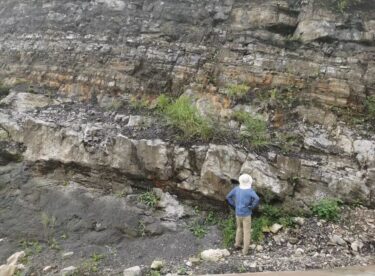Some of the most dramatic climatic events in our planet’s history are “Snowball Earth” events that happened hundreds of millions of years ago, when almost the entire planet was encased in ice up to 0.6 miles (1 kilometer) thick.

These “Snowball Earth” events have happened only a handful of times and do not occur on regular cycles. Each lasts for millions of years or tens of millions of years and is followed by dramatic warming, but the details of these transitions are poorly understood.
New research from the University of Washington provides a more complete picture for how the last Snowball Earth ended, and suggests why it preceded a dramatic expansion of life on Earth, including the emergence of the first animals.
The study recently published in Nature Communications focuses on ancient rocks known as “cap carbonates,” thought to have formed as the glacial ice thawed. These rocks preserve clues to Earth’s atmosphere and oceans about 640 million years ago, far earlier than what ice cores or tree rings can record.
“Cap carbonates contain information about key properties of Earth’s atmosphere and ocean, such as changing levels of carbon dioxide in the air, or the acidity of the ocean,” said lead author Trent Thomas, a UW doctoral student in Earth and space sciences. “Our theory now shows how these properties changed during and after Snowball Earth.”